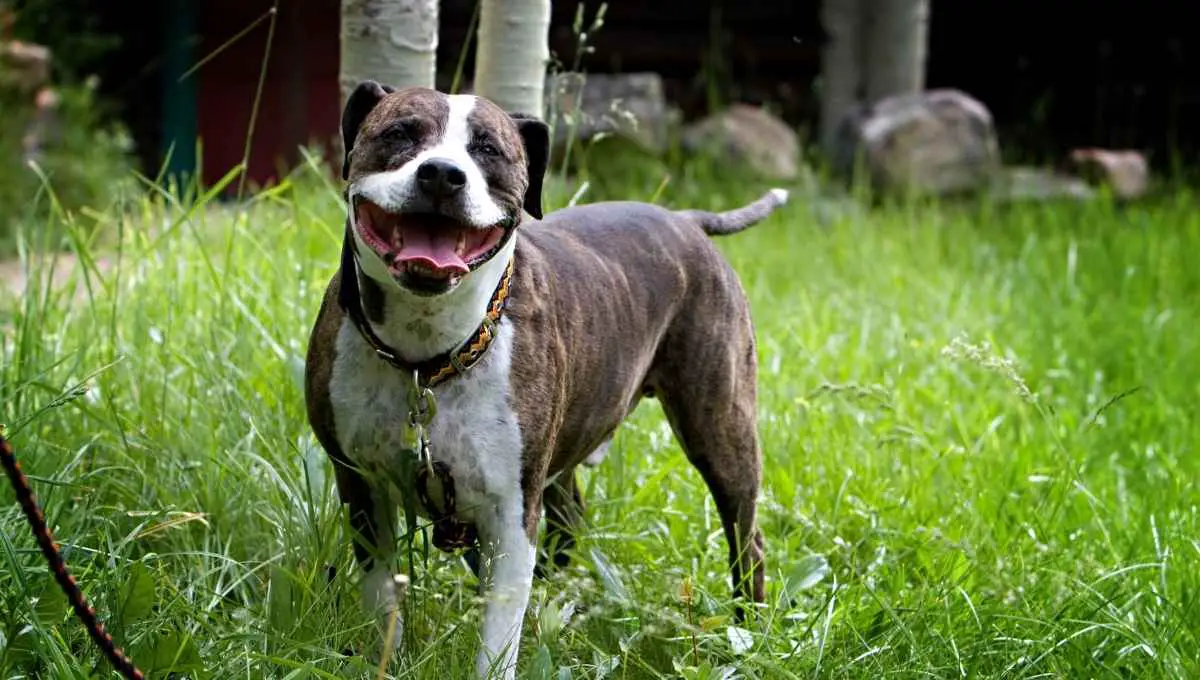Experiencing an incident where a neighbor hits your dog can be both traumatizing and perplexing. By approaching the situation with a composed mindset, you can advocate for your beloved pet while ensuring that proper procedures are followed. This article delves into the necessary steps to take after such an occurrence, providing animal lovers with a comprehensive guide on how to navigate the aftermath effectively.
Understanding the Incident
First and foremost, take a moment to assess the immediate health and whereabouts of your dog. In the wake of turmoil, a pet may display signs of shock, fear, or injury. It’s vital to remain calm and approach your dog gently to evaluate their condition. Inspect for any visible wounds, changes in behavior, or difficulty in movement. If your dog shows signs of distress, such as yelping or guarding specific areas of their body, act swiftly to address these concerns. Understanding your dog’s health status is paramount, as it will dictate subsequent actions.
Documenting the Incident
Documentation serves as an indelible record of the event. Capture detailed notes regarding the time, date, weather conditions, and environment of the incident. In case there are witnesses, collect names and contact information. Photographic evidence is equally crucial—photograph your dog’s injuries, the location of the incident, and any relevant situational specifics, such as tire tracks or damage to property. This comprehensive record will be instrumental if legal or insurance claims arise.
Contacting a Veterinarian
Once you ascertain your dog requires medical attention, contacting a veterinarian should be your next course of action. Schedule an emergency appointment immediately, and prepare to provide the vet with all necessary information regarding the incident. Animals often exhibit delayed reactions to trauma, so err on the side of caution if any concerning symptoms arise. Comprehensive evaluations—including x-rays or blood tests—can provide insight into internal injuries that are not immediately apparent.
Communicating with Your Neighbor
Communication can be one of the most delicate aspects following such an incident. After ensuring your dog’s health is prioritized, consider reaching out to your neighbor. Approach the conversation with an open mind and a peaceful demeanor. Express your concerns without assigning blame. It’s plausible that your neighbor was unaware of the gravity of the situation or the extent of the impact on your pet. A collaborative approach can entice your neighbor to participate in resolutions, such as covering veterinary bills or engaging in preventive measures like discussing leash policies.
Legal Obligations and Animal Laws
Understanding local animal welfare laws and liabilities is imperative. Within many jurisdictions, pet owners have the right to seek compensation for medical expenses incurred due to another party’s negligence. Familiarize yourself with local laws regarding the responsibilities of pet owners and drivers when it comes to incidents involving animals. In extreme cases, particularly if your neighbor is uncooperative, escalating the matter to law enforcement may be necessary. File a report if it seems warranted; this will ensure that there’s an official record of the event.
Consider Rallying Support
If the situation seems to escalate or if feelings become fraught, consider reaching out to local animal rights organizations. Such organizations can offer guidance and support in addressing bullying tactics or intimidation tactics. They may also provide resources or legal referrals should you require further assistance. Building a network of advocates can empower you and ensure that responsible measures are taken to safeguard not only your own dog but also other animals in the vicinity.
Understanding the Emotional Toll
Finally, don’t underestimate the emotional ramifications for both you and your dog following such an encounter. Dogs can exhibit anxiety and behavioral changes in response to traumatic events. Engaging with a behavioral therapist or an animal psychologist can assist in rehabilitating your pet’s mental well-being. Furthermore, consider your own emotional state; the shock or anxiety stemming from the incident may necessitate support from friends, family, or mental health professionals.
Preventive Measures for the Future
Once the incident is thoroughly addressed, it is prudent to implement measures to prevent future occurrences. Enhancing visibility around your property through signage and barriers can alert passersby of the presence of pets. Discuss proactive communications with neighbors regarding shared expectations concerning animals—establishing dialogue about pet boundaries can foster goodwill and understanding. Consider advocating for community awareness campaigns about safe driving practices around residential areas where pets are present.
In conclusion, navigating the fallout of a dog being hit by a neighbor is no trivial matter. By approaching the situation methodically—prioritizing your pet’s health, preserving documentation, ensuring open communication with your neighbor, and understanding your legal rights—you can advocate effectively for your companion. This process not only restores peace and safety for your pet but also fosters a more responsible and conscientious pet-owning community.






